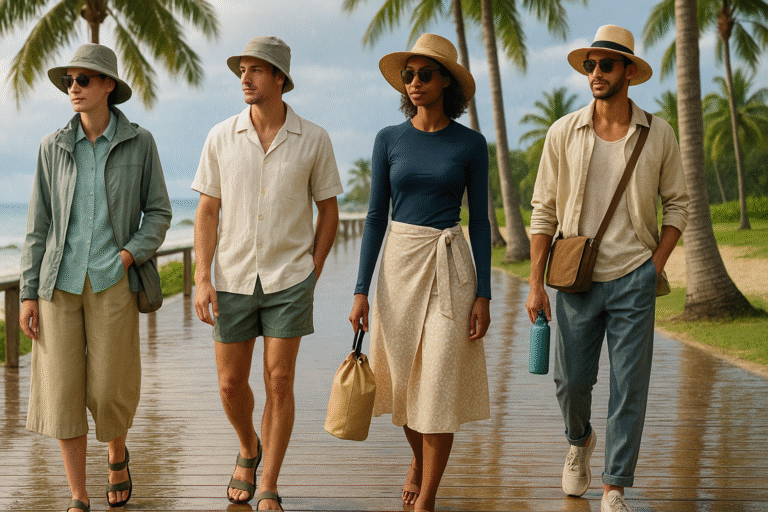Australia’s fashion industry has outgrown its reputation for sun-faded surfwear to become a sophisticated export machine. The journey began with labels rooted in practicality—think rugged leather from R.M. Williams or coastal casual from Billabong—then accelerated as designers such as Zimmermann, Dion Lee, and Aje cultivated distinct signatures that travel well across continents. The country’s geographic isolation once limited seasonal alignment and buyer access, but digital commerce and a maturing wholesale ecosystem now connect Sydney and Melbourne directly to New York, London, and Shanghai.
A cluster of institutions underpins this evolution. Australian Fashion Week in Sydney offers a concentrated showcase for buyers and media, while universities and TAFE programs funnel technically trained graduates into design, patternmaking, and production roles. Government trade agencies and private showrooms have improved export readiness, coaching brands on line sheets, margin structures, and regulatory requirements for key markets. This apparatus helps young labels avoid costly missteps when stepping onto global stages.
Distinct product stories give Australian brands leverage abroad. Zimmermann’s feminine resort silhouettes capture holiday optimism; Bassike champions luxe, breathable cotton with a minimalist edge; and P.E Nation leverages the athleisure boom with performance-meets-street aesthetics. Meanwhile, First Nations designers such as Ngali and Liandra Swim embed Country, culture, and storytelling into pattern and palette, extending the nation’s creative canon in meaningful ways.
Supply chains have diversified. While Australia maintains high standards in tanning, knit development, and small-batch manufacturing, many brands combine local sampling and finishing with offshore production to balance quality and price. Partnerships across Vietnam, China, and Italy are common, with increasing emphasis on traceability—wool provenance, certified organic cotton, and audited factories. The country’s powerful merino industry is a differentiator: fine-gauge knits, suiting textiles, and technical blends showcase fiber innovation that resonates with international buyers seeking natural-performance hybrids.
Market entry strategies are pragmatic. Brands test global appetite through direct-to-consumer sites, limited drops, and pop-ups timed to hemispheric seasonality. Wholesale follows: specialty boutiques, then department store floors, then mono-brand flagships in high-traffic neighborhoods. Storytelling remains the key lever—Australian labels sell an atmosphere as much as garments: beach-to-bar versatility, climate-aware layering, and a relaxed polish that slots easily into modern wardrobes. As logistics, sustainability reporting, and creative education keep advancing, Australia’s local names appear less as regional curiosities and more as durable, scalable players on the world stage.








